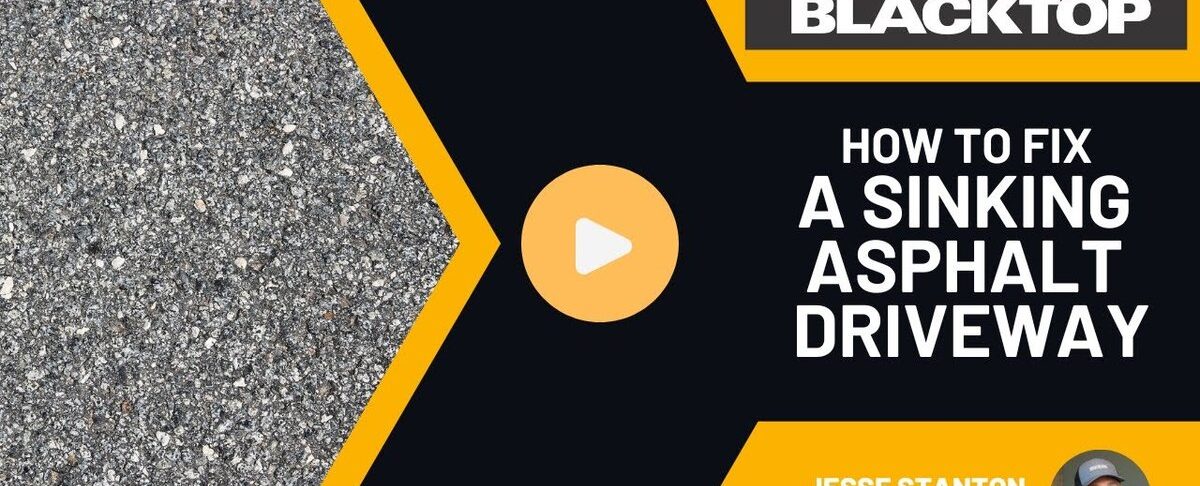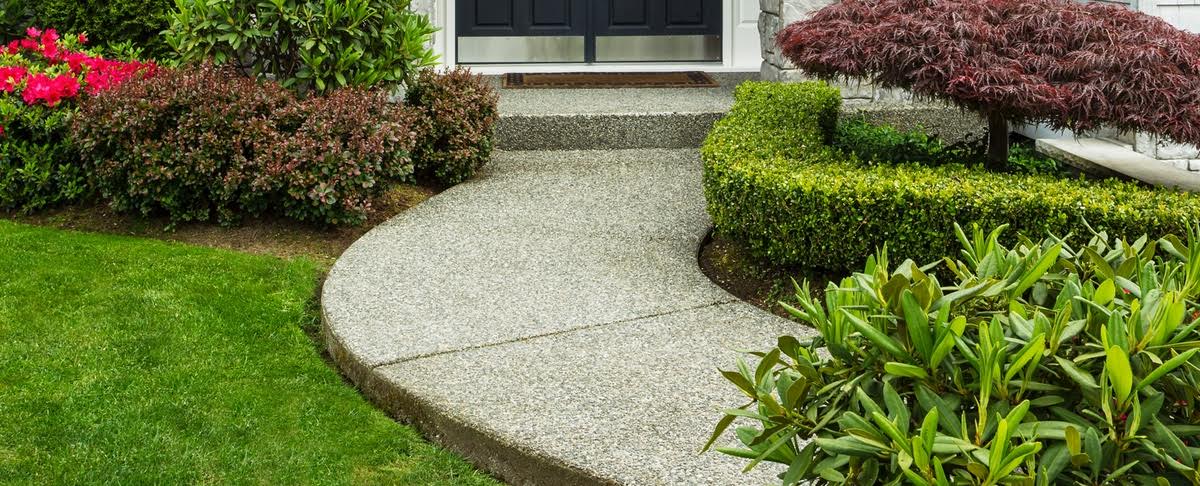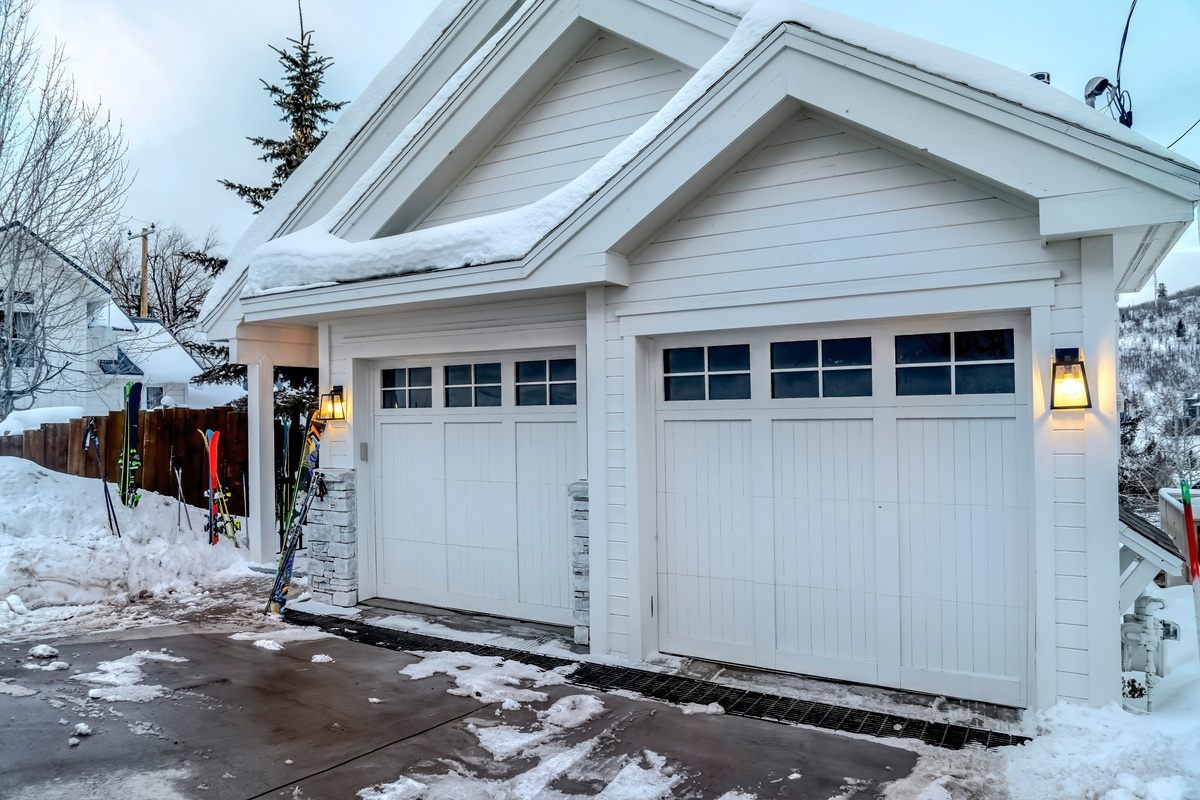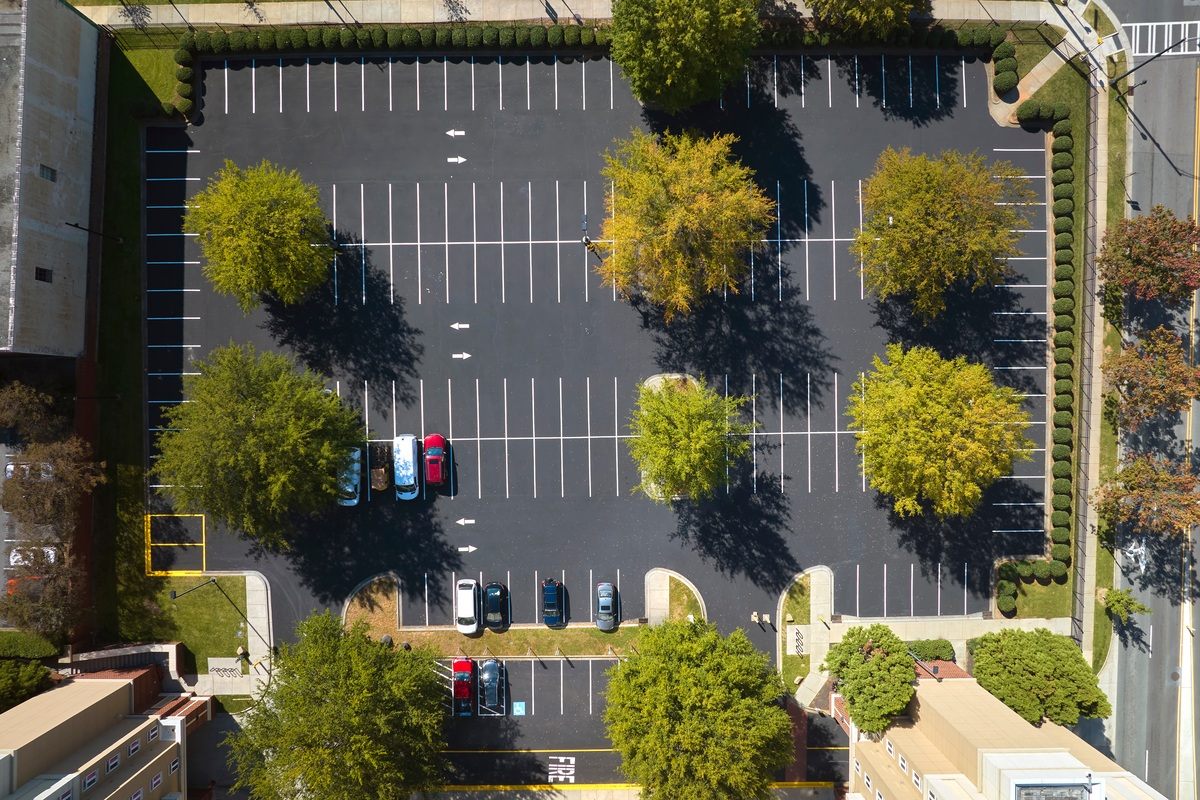A sinking asphalt driveway is more than just an eyesore—it can be a real safety hazard. Over time, you may notice dips, cracks, or sections of your driveway that have settled lower than the rest. If left unchecked, these issues can worsen, leading to costly repairs or even full replacement. Whether your driveway has just been installed or has been in place for years, understanding why it sinks and how to fix it is key to maintaining a smooth and functional surface.
Why Does an Asphalt Driveway Sink?
There are two common scenarios that cause an asphalt driveway to sink: either the driveway was built on disturbed soil, or the subsoil beneath it has settled over time.
1. Newly Constructed Driveways
Many sinking asphalt driveways result from poor soil compaction during initial construction. If a home is new or an addition has been built, a significant amount of excavation may have taken place. Even when contractors do their best to compact the soil before laying asphalt, complete compaction isn’t always possible. Once the driveway is installed, rain and moisture can further saturate the soil, leading to sinking. This issue is especially common where the driveway meets the garage floor, as the foundation excavation often causes the most soil disturbance.
2. Settling Over Time
For older driveways, sinking usually happens due to long-term soil compression and erosion beneath the asphalt. This can occur when water seeps under the surface and washes away supporting materials. Asphalt itself does not sink—rather, the ground beneath it shifts, causing the asphalt to follow.
How to Fix a Sinking Asphalt Driveway
When dealing with a sinking asphalt driveway, you have three main options for repair: full replacement, infrared asphalt repair, or cutting and patching the affected area.
Full Driveway Replacement
If your driveway has widespread sinking or severe damage, a complete replacement may be the best solution. This process involves removing the old asphalt, regrading and compacting the subsoil, adding new base material, and then laying fresh asphalt. Though costly, this ensures a stable and level surface for many years.
Infrared Asphalt Repair (Best for Newer Driveways)
If the sinking is limited to a small area and your driveway is relatively new (less than five years old), infrared asphalt repair is a great option. This technique uses indirect infrared heat to soften the existing asphalt, making it pliable. Fresh asphalt is then blended into the softened section, creating a seamless repair. While there may be a slight color difference initially, this will fade over time, especially if the driveway is seal coated.
Cutting and Patching (Best for Older Driveways)
For driveways that are too old for infrared repair, cutting and patching is the best approach. This involves removing a section of asphalt—typically around three to four feet wide—down to the subsoil. Fresh base material is added and compacted before a new layer of asphalt is applied. This method is especially effective for fixing sunken areas near the garage where excavation for the foundation has caused soil settling.
Addressing the Root Cause
A common mistake in asphalt repairs is addressing only the surface problem without fixing the underlying cause. If the subsoil beneath the driveway has collapsed, simply patching or resurfacing the asphalt won’t be a long-term fix.
- Check for Foundation Issues: In older homes, the sinking may be due to failing footings or collapsed concrete blocks beneath the garage. If these have shifted or deteriorated, they will need to be rebuilt using fresh concrete before any asphalt work is done.
- Rebuild the Base: If the soil has settled significantly, it’s crucial to fill the void with a proper base material before adding new asphalt. Compacting this base ensures long-term stability and prevents future sinking.
Preventing Future Driveway Sinking
Taking preventative steps can help extend the lifespan of your asphalt driveway and minimize the chances of sinking:
- Ensure Proper Drainage: Water is one of the biggest culprits of driveway settling. Make sure your driveway slopes away from your home and that downspouts direct water away from the base.
- Compact the Soil Thoroughly: When installing a new driveway, demand proper soil compaction and use a high-quality gravel base to provide a stable foundation.
- Regular Maintenance: Sealcoating your driveway every few years can help protect against moisture infiltration, while filling small cracks early prevents water from seeping in and eroding the base.
Conclusion
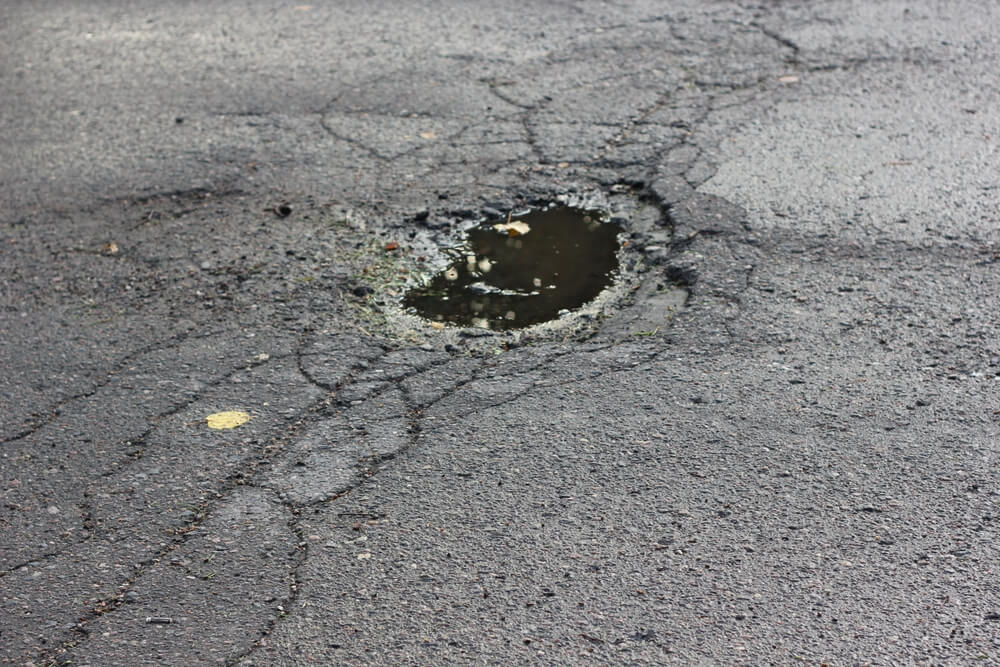
A sinking asphalt driveway can be frustrating, but there are effective solutions to restore it. Whether you opt for infrared repair, cutting and patching, or full replacement, addressing the underlying cause is key to long-lasting results. If you notice your driveway sinking, take action early to prevent more costly repairs in the future. Contact Richfield Blacktop today.




